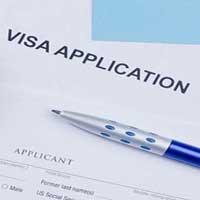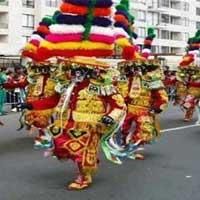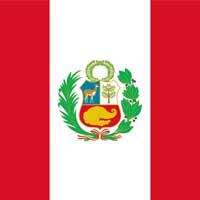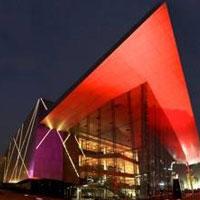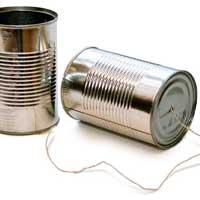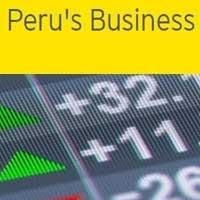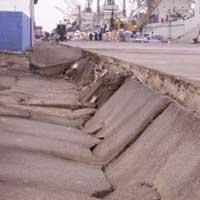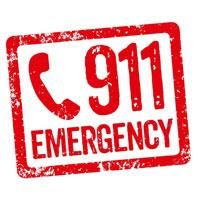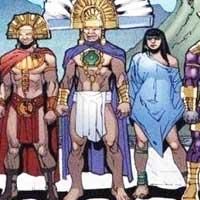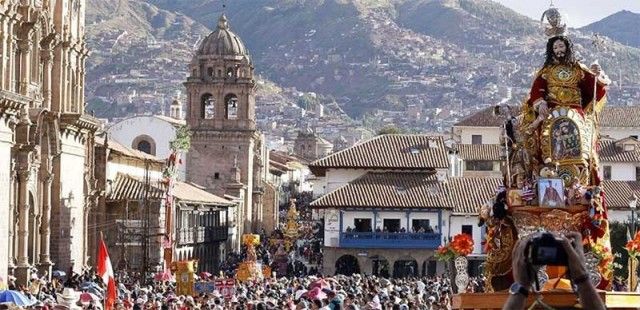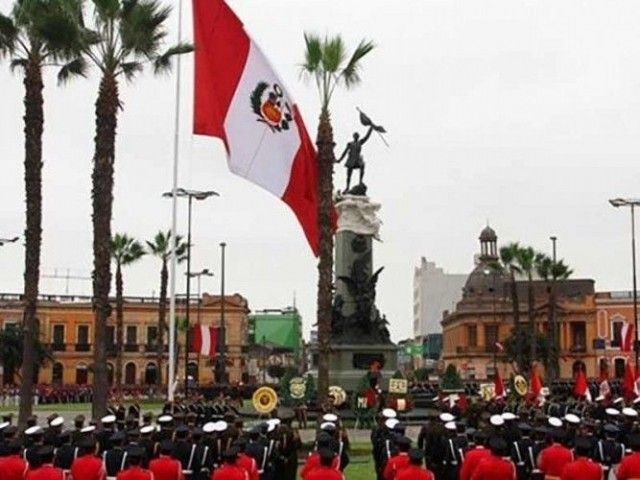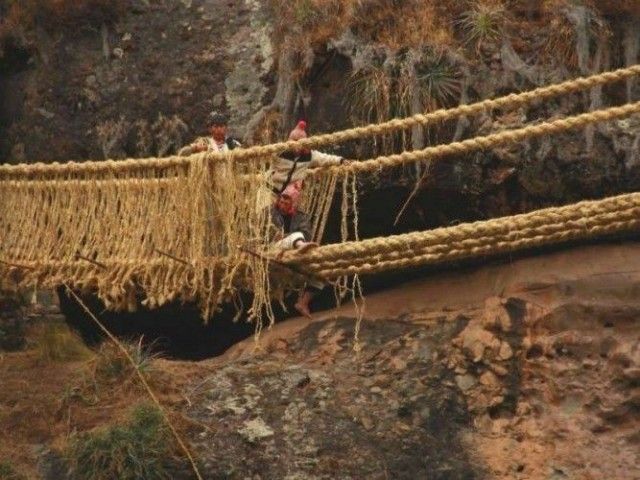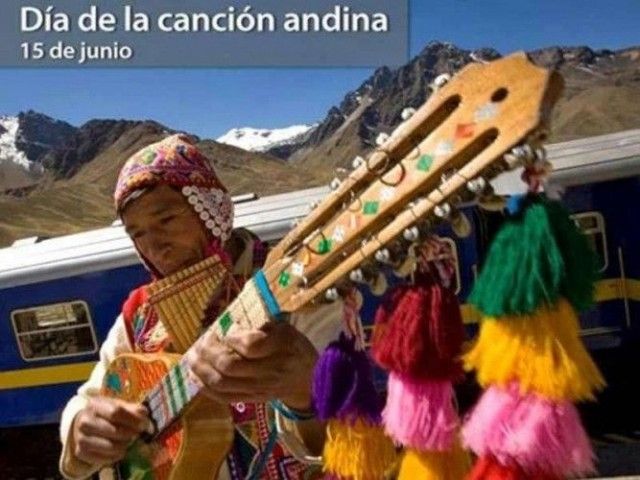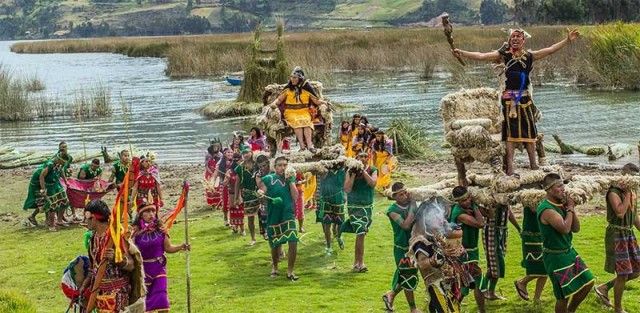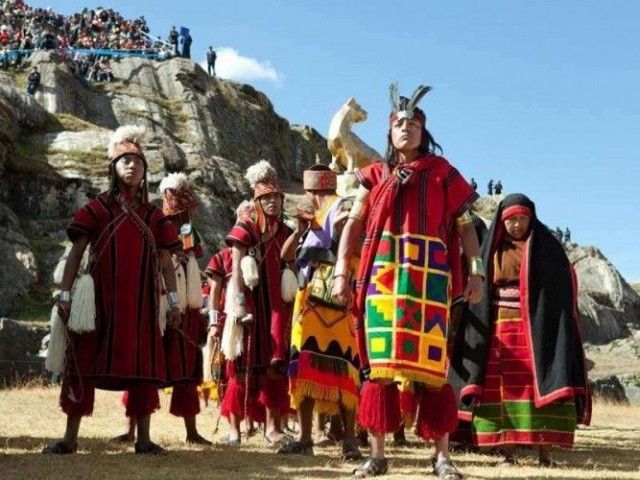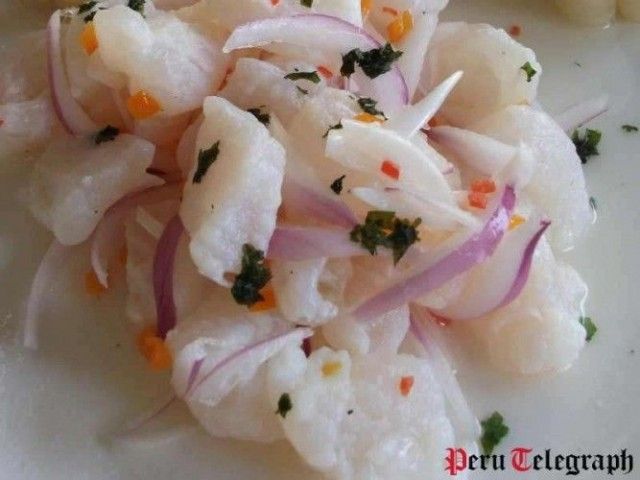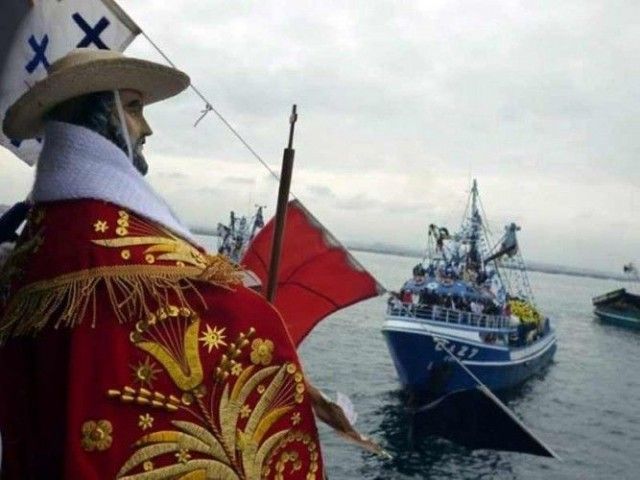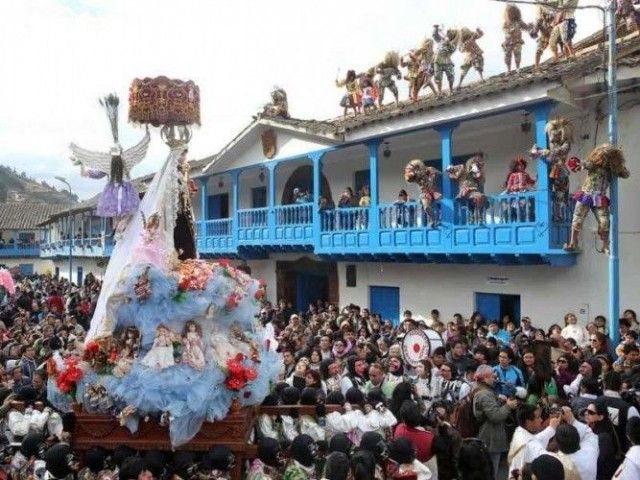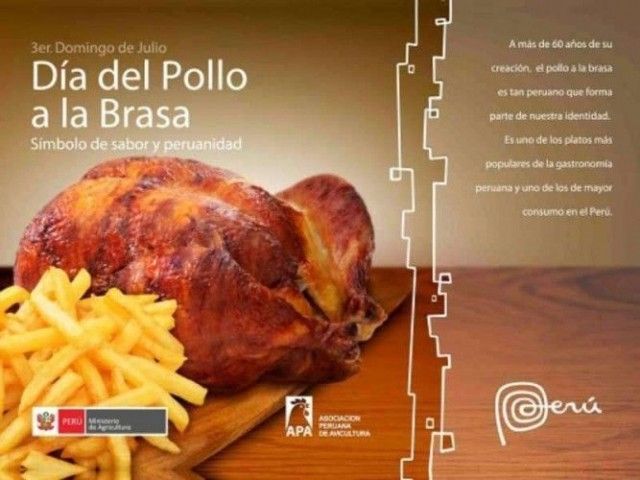- Peru Guide
- Peruvian Visa Types
- Public Holidays & Festivals
- Peru Info
- Culture & Entertainment
- Legal Stuff
- Customs Regulations & Info
- How many days did I get?
- Tourist Visa extension in Peru
- Peruvian Overstay Fine
- International Document for Antecedentes Peru
- Paying Administration Charges
- Permit to Sign Contracts
- Interpol - Ficha de Canje
- Travel Permit
- Subsanacion - Submitting documents
- Extending a Migraciones deadline
- Residence visa extension
- Renewal Carné de Extranjería
- Update Migraciones information
- Carné replacement
- Marrying in Peru
- Driver's License in Peru
- Police Clearance Certificate Peru
- Travel Authorization for Minors
- Finding a Job in Peru
- Domestic Workers in Peru
- Labor Regulations Peru
- Air Passenger Rights
- Safety, Security & Travel Advice
- Shopping in Peru
- Stay Connected
- Business Guide
- Earthquakes
- Emergencies & Help
- History of Peru
- Education, Teaching & Schooling
- Glossary of Terms
- Lima Guide
- Travel & Sights
- Food
- Money
- Events
- Opinion
- Media
- Peru Guide
- Peruvian Visa Types
- Public Holidays & Festivals
- Peru Info
- Culture & Entertainment
- Legal Stuff
- Customs Regulations & Info
- How many days did I get?
- Tourist Visa extension in Peru
- Peruvian Overstay Fine
- International Document for Antecedentes Peru
- Paying Administration Charges
- Permit to Sign Contracts
- Interpol - Ficha de Canje
- Travel Permit
- Subsanacion - Submitting documents
- Extending a Migraciones deadline
- Residence visa extension
- Renewal Carné de Extranjería
- Update Migraciones information
- Carné replacement
- Marrying in Peru
- Driver's License in Peru
- Police Clearance Certificate Peru
- Travel Authorization for Minors
- Finding a Job in Peru
- Domestic Workers in Peru
- Labor Regulations Peru
- Air Passenger Rights
- Safety, Security & Travel Advice
- Shopping in Peru
- Stay Connected
- Business Guide
- Earthquakes
- Emergencies & Help
- History of Peru
- Education, Teaching & Schooling
- Glossary of Terms
- Lima Guide
- Travel & Sights
- Food
- Starter & Appetizer
- Sandwiches
- Soups
- Main Courses
- Salsas, Sauces & Dips
- Desserts
- Snacks
- Drinks & Beverages
- Peruvian Cheese
- Fruits
- Vegetables
- Aji - Chili Peppers
- Grains, Coffee, Beans & Nuts
- Common Herbs
- Other Ingredients
- Money
- Peru Guide
- Peruvian Visa Types
- Public Holidays & Festivals
- Peru Info
- Culture & Entertainment
- Legal Stuff
- Customs Regulations & Info
- How many days did I get?
- Tourist Visa extension in Peru
- Peruvian Overstay Fine
- International Document for Antecedentes Peru
- Paying Administration Charges
- Permit to Sign Contracts
- Interpol - Ficha de Canje
- Travel Permit
- Subsanacion - Submitting documents
- Extending a Migraciones deadline
- Residence visa extension
- Renewal Carné de Extranjería
- Update Migraciones information
- Carné replacement
- Marrying in Peru
- Driver's License in Peru
- Police Clearance Certificate Peru
- Travel Authorization for Minors
- Finding a Job in Peru
- Domestic Workers in Peru
- Labor Regulations Peru
- Air Passenger Rights
- Safety, Security & Travel Advice
- Shopping in Peru
- Stay Connected
- Business Guide
- Earthquakes
- Emergencies & Help
- History of Peru
- Education, Teaching & Schooling
- Glossary of Terms
- Lima Guide
- Travel & Sights
- Food
- Starter & Appetizer
- Sandwiches
- Soups
- Main Courses
- Salsas, Sauces & Dips
- Desserts
- Snacks
- Drinks & Beverages
- Peruvian Cheese
- Fruits
- Vegetables
- Aji - Chili Peppers
- Grains, Coffee, Beans & Nuts
- Common Herbs
- Other Ingredients
- Money
Peru Guide
Corpus Christi in Cusco
Peruvian Public Holidays & FestivitiesAround the globe 9 weeks after Easter the Christian community celebrates Corpus Christi, so the Eucharist being the actual presence of the body and blood of Jesus Christ. While this religious festival is celebrated throughout the country, the most enthusiastic and spectacular celebration is in Cusco.May / June - 9 weeks after EasterPeruvian Flag Day – Dia de la Bandera
Peruvian Public Holidays & FestivitiesOn June 7 Peru celebrates its National Flag Day honoring the brave men that tried to protect Peruvian territory and the Peruvian flag on that day in 1880 during the Battle of Arica; one of the most important encounters of the War of the Pacific between Peruvian forces and the mighty well equipped Chilean enemy.07 JuneRebuilding of the Q’eswachaka Bridge
Peruvian Public Holidays & FestivitiesIn the first half of June members of four Quechua communities high in the Peruvian Andes about 180 km (110 miles) from Cusco come together ceremonially cutting the ropes of the Q’eswachaka bridge, the last remaining traditional Inca rope bridge, let it fall into the Apurimac river below and then rebuilt it by hand in a 3-day ceremony just like t...First half of JuneDay of the Andean Song – Día de la Canción Andina
Peruvian Public Holidays & FestivitiesSince 2006, Peru pays homage to Andean music by celebrating the Día de la Canción Andina, the Day of Andean Song, each year on June 15.15 JuneSondor Raymi in Andahuaylas, Apurimac
Peruvian Public Holidays & FestivitiesAlso known as Festival del Sol de Chanka (Chanka Sun Festival) or the Chanka Epic, the Sondor Raymi Festival in Andahuaylas in the region of Apurimac is a reenactment of the origins of the Chanka people, an ethnic group inhabiting the area between 1200 and about 1400.Around 18 or 19 JuneInti Raymi in Cusco
Peruvian Public Holidays & FestivitiesEach year on June 24, a few days after the winter solstice in the southern hemisphere, the largest and most important festival of the Inca Empire, the Inti Raymi or Festival of the Sun, is celebrated in Cusco.24 JuneNational Ceviche Day - Dia Nacional del Ceviche
Peruvian Public Holidays & FestivitiesA large part of Peru’s heritage and national identity is reflected in the country's diverse cuisine. So it’s no wonder that Ceviche, also spelled Cebiche, which is considered Peru’s national dish, has its very own national day on June 28 of each year.28 JuneSt. Peter and St. Paul celebrations in Peru
Peruvian Public Holidays & FestivitiesChristians around the globe celebrate St. Peter and St. Paul’s day on June 29. In Peru this day is a public holiday on which mainly the faithful in coastal communities and cities honor these two saints in special masses and processions.29 JuneFeast of the Virgen del Carmen
Peruvian Public Holidays & FestivitiesFestivals in honor of the Virgen del Carmen are celebrated in various regions in Peru on or around July 16. The festivities include processions, street parades with traditional and indigenous dances, music, colorful costumes and lots of Peruvian food and drinks. Some festivals feature reenactments of events in Peruvian history.16 JulyPeru’s Rotisserie Chicken Day
Peruvian Public Holidays & FestivitiesEvery year on the third Sunday of July, Peruvians celebrate one of their beloved and most consumed dishes: Pollo a la Brasa.Third Sunday of JulyPeru Newsflash
New lizard species discovered in Peru
There is still so much new to find out about and see in Peru. Just recently Peruvian scientists discovered a…Peru has the second-worst drivers in the world
For those living and driving in Peru it comes to no surprise. A recent study by Compare the Market, an…Machu Picchu reopens for the first time after the social outbreak
The Ministry of Culture of Peru decided to re-open Machu Picchu after it was closed on January 21 because of…Peru extends the state of emergency in 44 districts
The Peruvian government extended the “state of emergency” in 44 districts of the central departments of…
Peru Event Calendar
Upcoming Events in Peru
Latest Content...
- International Schools in Peru
International Christian School of Lima - ICS Lima
- Peruvian Visa Types
Peruvian Digital Nomad Visa
- Laws, Norms, Legal Codes & Decrees
Legislative Decree No. 1582 (Modification of the Peruvian Foreigner Law, Nov 2023)
- Peruvian Cheese
Queso Rojo de Lluta
- Peruvian Cheese
Peruvian Queso Andino
- Peruvian Cheese
Peruvian Quesillo
- Peruvian Cheese
Peruvian Queso Mantecoso
- Peruvian Cheese
Peruvian Queso Paria
- Peruvian Cheese
Peruvian Queso Fresco
- Legal Stuff
Extension of a Migraciones deadline
- Legal Stuff
Subsanacion - Submitting documents
- Legal Stuff
Amnesty for Migraciones fines
- Legal Stuff
Replacement for a lost, stolen or damaged carné
- Legal Stuff
Renewal of the Carné de Extranjería
Latest Video
Long Reads...
- Peruvian Archaeology
The Mystery of the Nazca Lines in Peru
In the 1920s, when people first flew across southern Peru, they made an astonishing discovery. Stretching below them,… - Peruvian Personalities & Founders
Francisco Pizarro González (1474-1541)
Francisco Pizarro, a peasant from Spain, was one of the least well-equipped conquerors in history. However, in the name… - Peruvian Archaeology
The colorful Fabrics and Textiles of Peru
Europe’s first knowledge of Peruvian textiles was acquired following the Spanish invasion of Peru in 1532, when the… - Peruvian Legends, Myths & Tales
The Jeweled Frog and the Condor
By a quiet pond, at the side of a cloud-topped mountain in Peru, lived a small green frog and his large green family.… - Peru Info
Peruvian Economy
The Peruvian economy is an emerging, social market economy highly dependent on foreign trade and classified as an upper…
Contact us | Editorial Ethics | Support | T&C | Copyright | Privacy | Discussions & Submissions | Cookies Policy | GDPR | CCPA | DMCA


